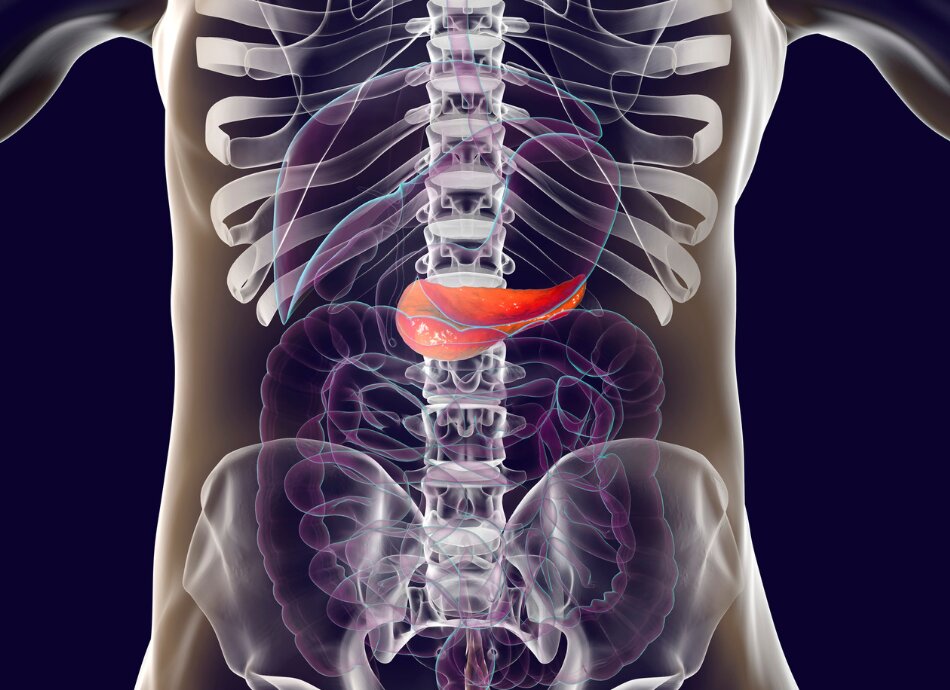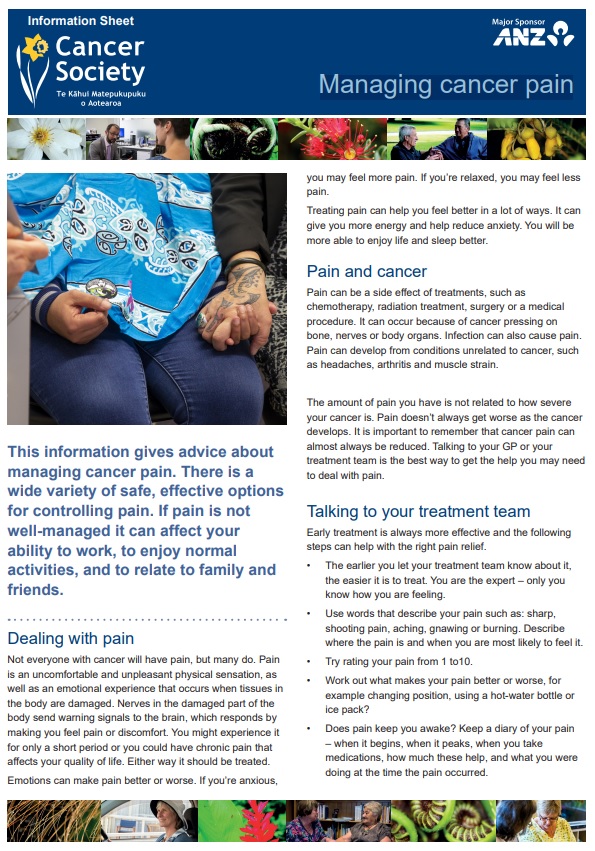If you are suspected to have pancreatic cancer, you will be referred to a specialist called a hepatobiliary surgeon. A team of health professionals with expertise and experience with pancreatic cancer will look after your care.
The treatment for pancreatic cancer depends on stage (how far it has spread), the severity of your symptoms and your preferences.
If you are jaundiced you may have treatment via another endoscopy to pass a small stent to relieve the blockage causing the jaundice.
Many surgeons perform a laparoscopy (keyhole surgery) to confirm that the cancer has not spread. If it hasn’t then surgery can be undertaken to remove the tumour.
Other treatment may include chemotherapy (medicines to destroy cancer cells) which can be given before or after surgery. There are many different types of chemotherapeutic drugs and what is recommended for you may be a single drug or a combination.
Some people may have radiotherapy (radiation treatment) recommended. This can also be before or after surgery. Occasionally it is given if people are not suitable for surgery to help minimise symptoms.
Apps reviewed by Healthify
You may find it useful to look at some Self-management and healthy living apps and Pain management apps.









